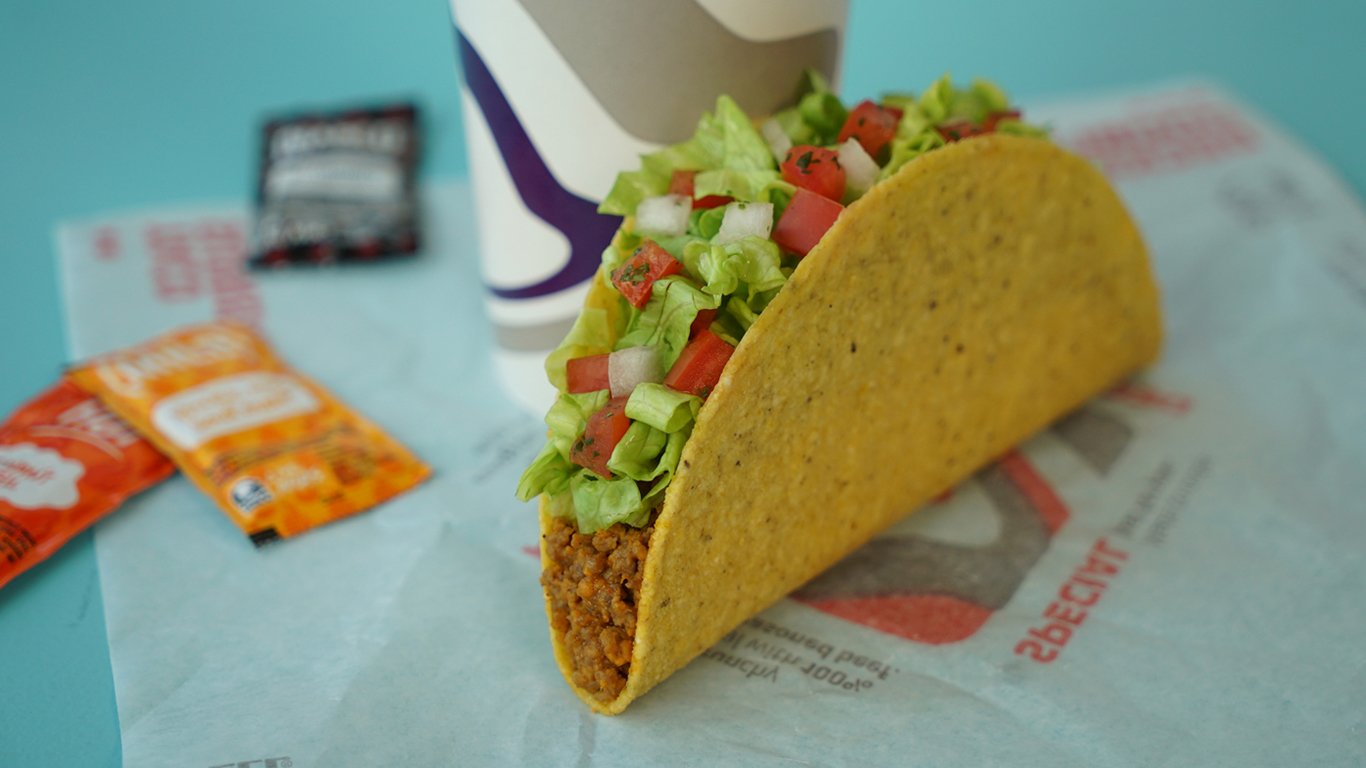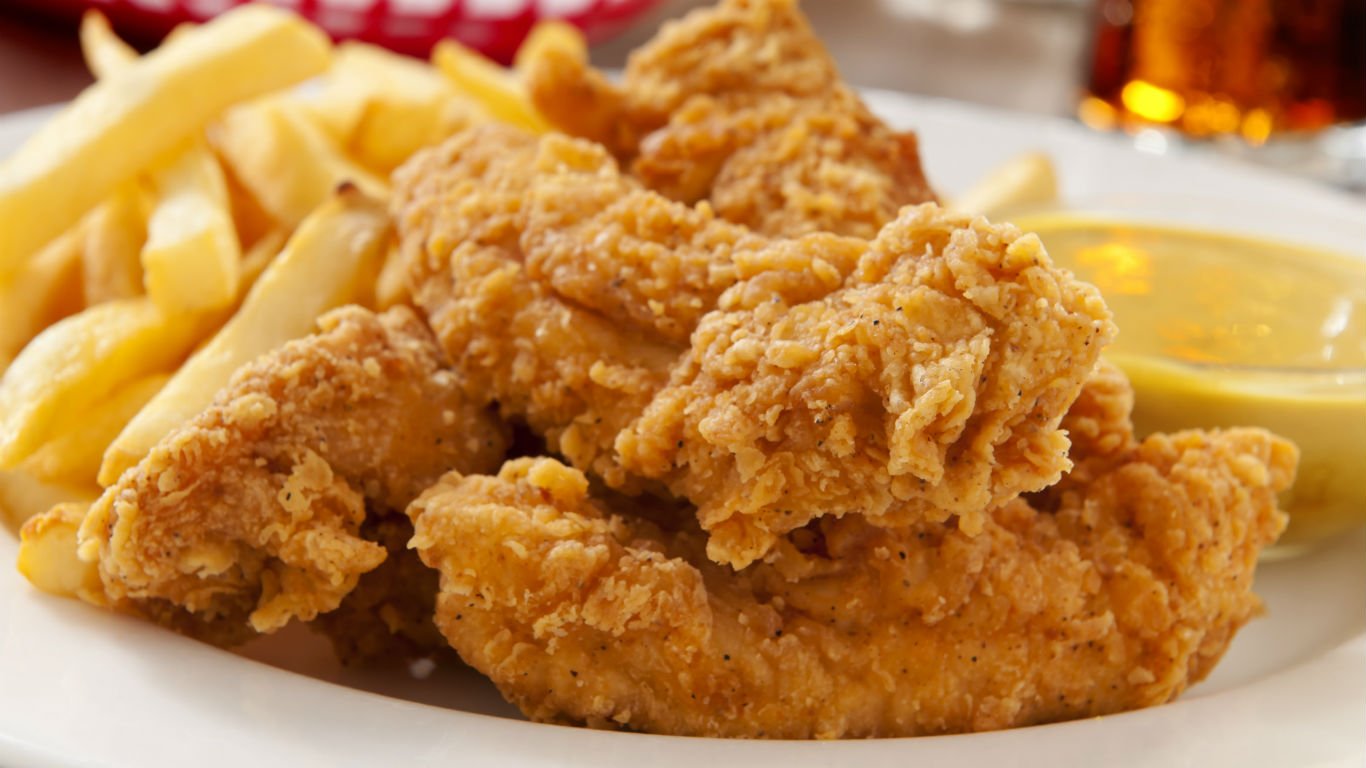

Many of the foods we eat are named after various cities or countries around the world — English muffins, French toast, crab Rangoon, pad Thai, Polish sausage, Peking duck, and so on. Scholars call these toponyms, literally “place names.”
These names don’t always accurately reflect where the foods came from, though. Yes, Peking duck is actually a specialty of Beijing (formerly Peking), and Poles first made Polish sausage. But crab Rangoon was invented at Trader Vic’s (or some other American tiki-themed establishment), and has nothing to do with the Asian city it evokes. Similarly, Russian dressing was first formulated in New Hampshire — and not by Russians.
And as for Philadelphia cream cheese, it didn’t come from Philadelphia but earned its moniker because — believe it or not — in the late 19th century, when the first cream cheese was made (in New York state), Philadelphia was considered something of a gastronomic capital, and attaching its name to the dairy product gave it instant cachet.
Sometimes, place names get given to foods through simple misunderstanding. Turkey got called that because European settlers in America initially identified it with a different kind of bird imported into Europe by Turkish merchants — though turkeys are actually native to North and Central America. (The French, meanwhile, call turkey dinde, meaning “from India.”)
Some place-based food names are obvious — and accurate. Vidalia onions are grown around Vidalia, Georgia; Brussels sprouts were first cultivated near Brussels, Belgium, in the 13th century; and Swedish meatballs are from … well, guess.
But did you know that jalapeños are named for a Mexican city? Tangerines for a Mediterranean port? And peaches for a Middle Eastern country?
Similarly, French fries aren’t French, Swiss steak isn’t Swiss, and Mongolian barbecue isn’t Mongolian — or, for that matter, barbecue. These are 20 very popularly but deceptively named foods.
Click here to see the 20 foods you don’t know were named after places.
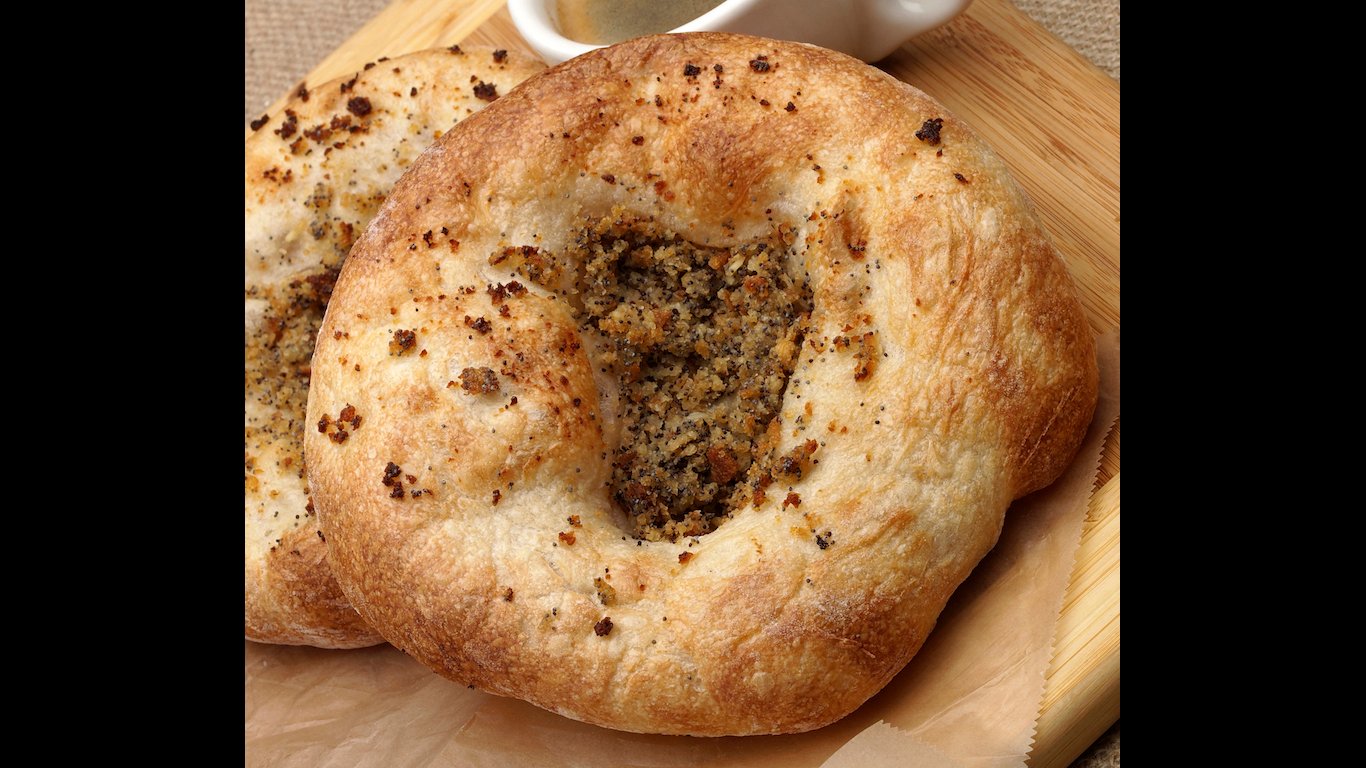
1. Bialy
It’s often described as a cousin of the bagel, but this flat, chewy roll is a very different thing: Its dough isn’t boiled before baking like the bagel’s; it has a slight depression in its middle instead of a hole; and that depression is typically filled with minced onions. Like the bagel, though, it is a centuries-old Jewish bakery staple — in this case invented in, and named for, the city of Białystok, Poland.
[in-text-ad]
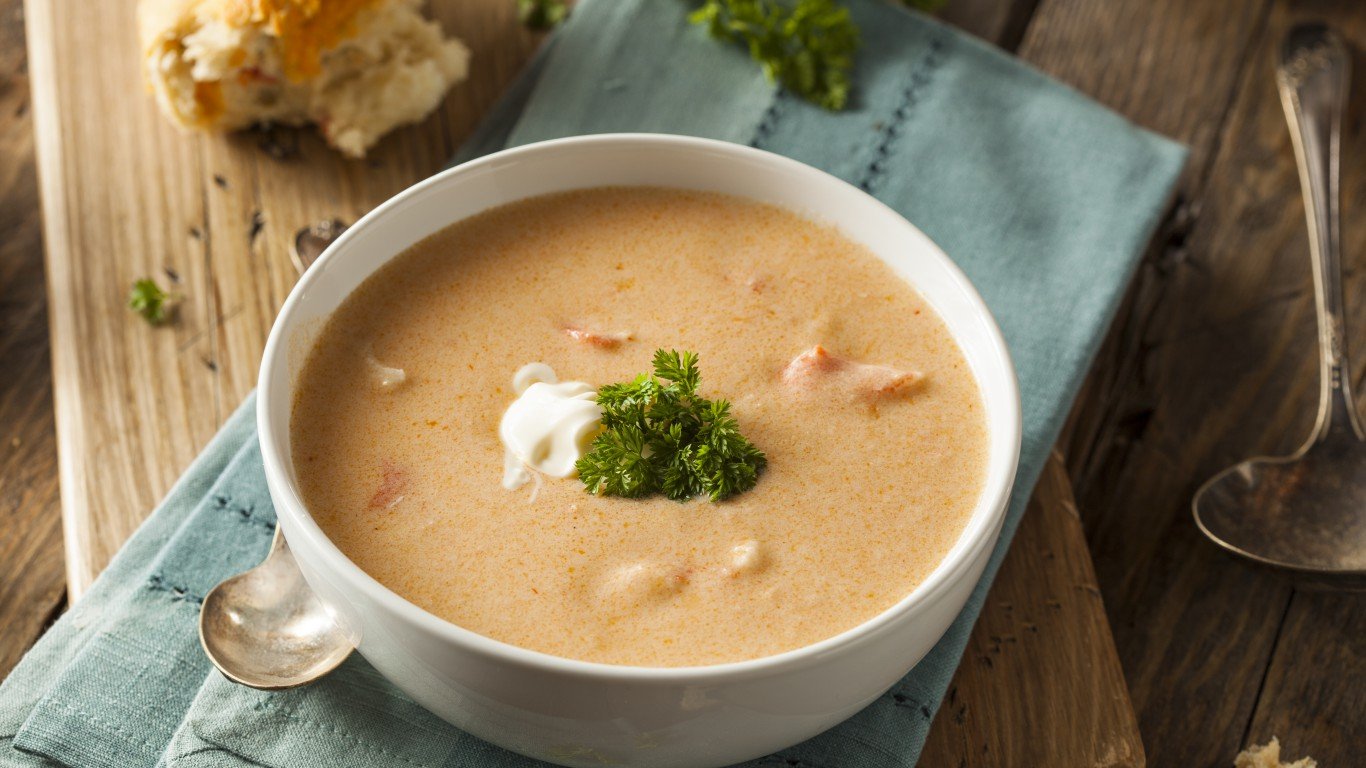
2. Bisque
This opulent, creamy soup, usually based on some variety of crustacean — lobster bisque is a classic of old-school French cuisine — is believed to take its name from the Bay of Biscay, the broad gulf between the western coast of France and the northern coast of Spain.
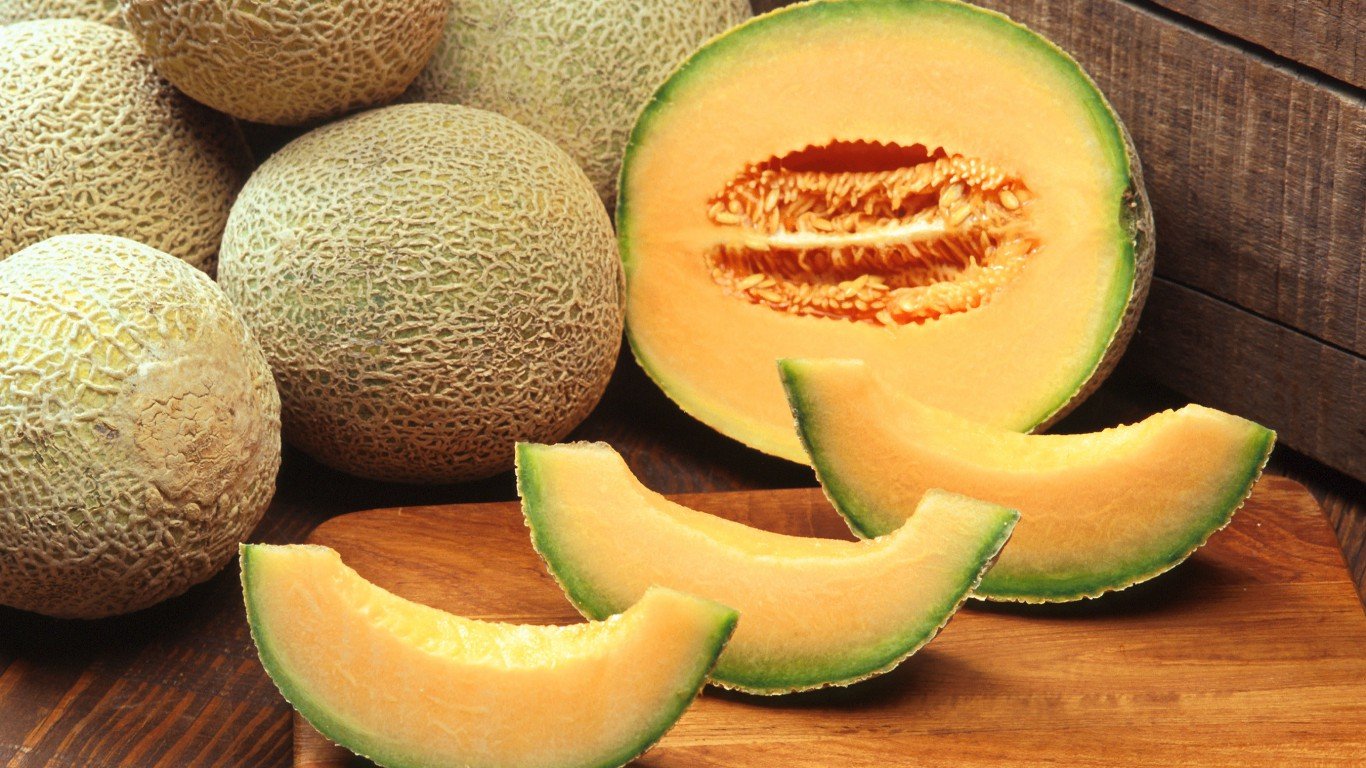
3. Cantaloupe
Sweet, juicy, and luminously orange-fleshed, this delicious melon arrived in Italy around the 15th century, probably from Persia by way of Armenia. It was first planted in the Papal Gardens in the commune of Cantalupo, near Rome, giving it its name. (Bonus fact: True cantaloupe has a smooth exterior. The melon we usually eat under that name, with a net-like pattern indented on its skin, is actually a related fruit properly known as muskmelon.)
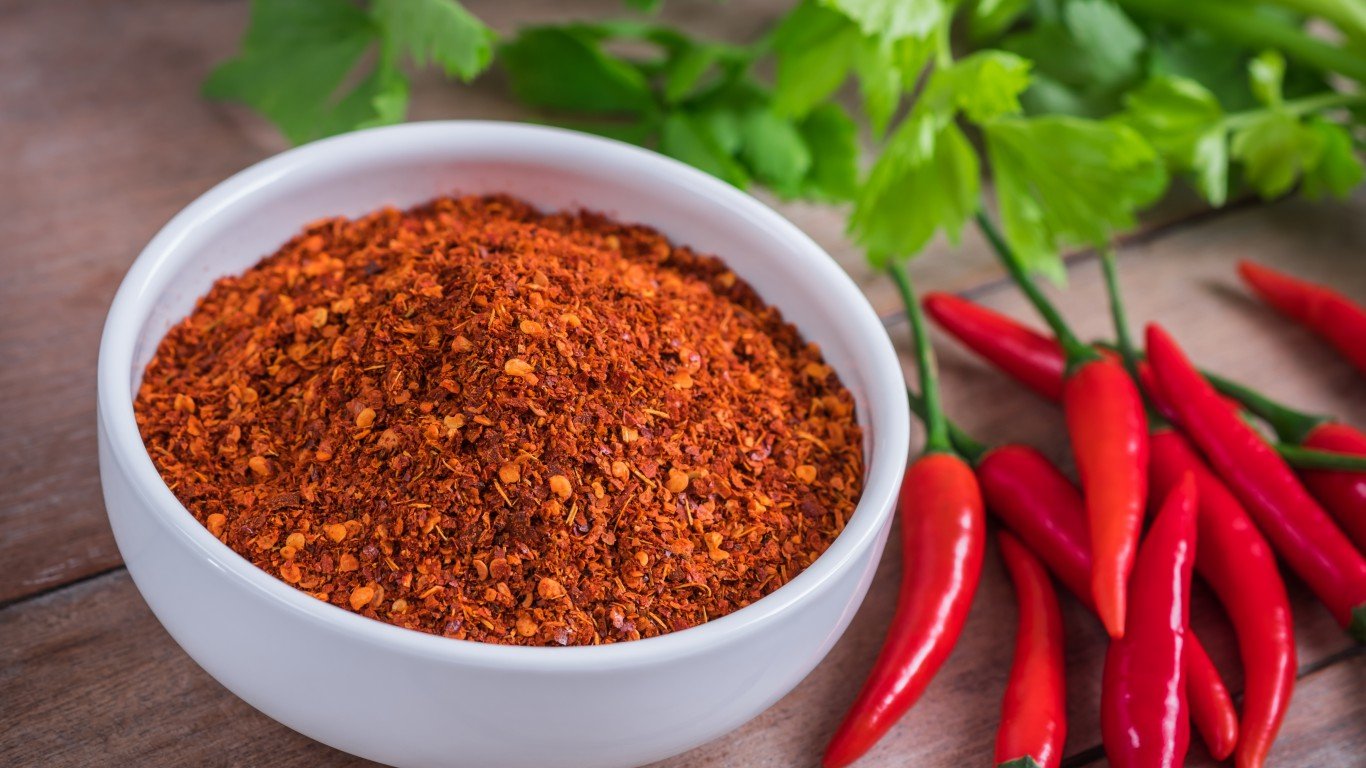
4. Cayenne
The bright red, moderately spicy cayenne pepper is most commonly seen in its dried and powdered form. Cayenne might take its name from an indigenous Brazilian word for “pepper,” but many researchers believe it was named for the trade in these chiles along the Cayenne River in French Guiana, a tiny nation that abuts Brazil on the northeastern coast of South America.
[in-text-ad-2]
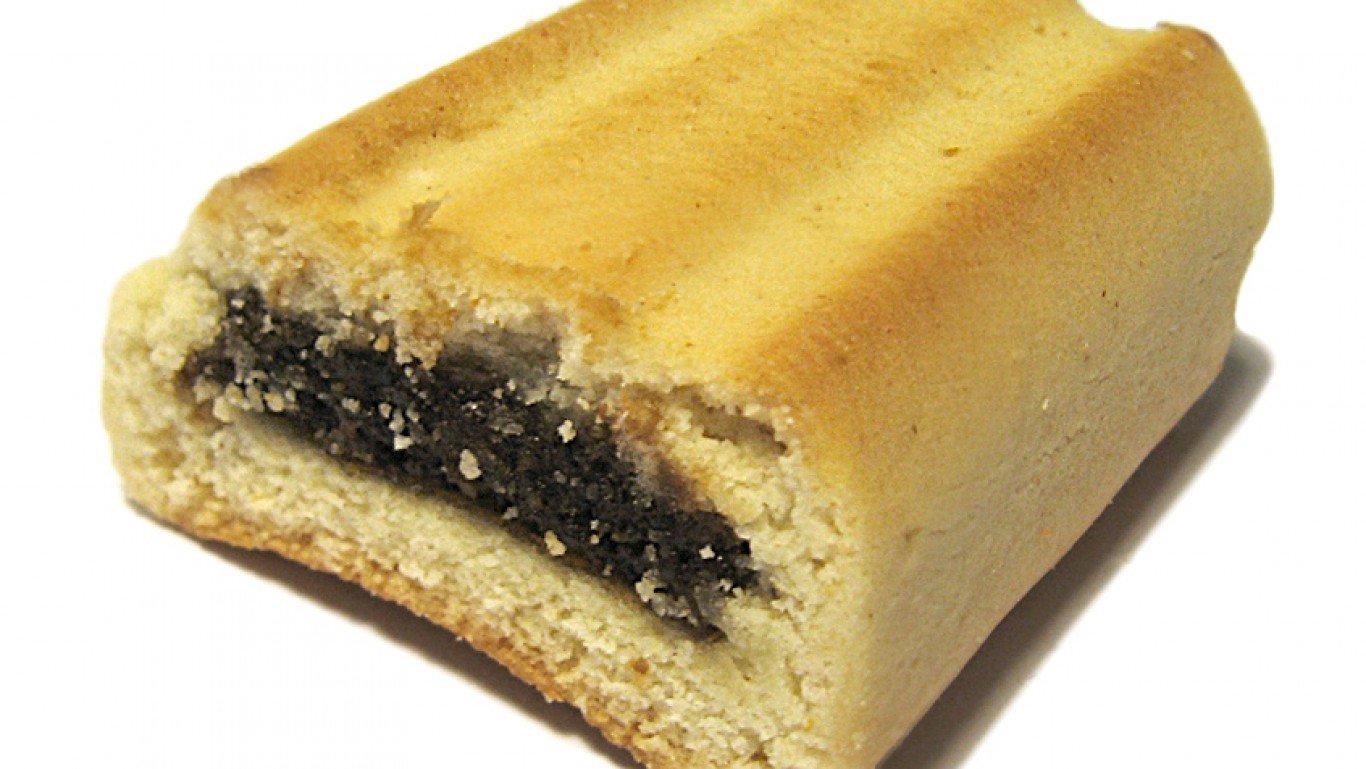
5. Fig Newton
This love-it-or-hate-it confection was invented by Philadelphia baker Charles Roser in the late 19th century, originally as an aid to digestion. He promptly sold the recipe to the Kennedy Biscuit Company of Cambridgeport, Massachusetts, which named it after the neighboring community of Newton (“Fig Newton” being catchier than “Fig Cambridgeport”).

6. Frankfurter
A Frankfurter is a resident of Frankfurt, Germany. The Frankfurter Würstel, or Frankfurt-style sausage, was first made as long ago as the 13th century. An immigrant from Frankfurt is said to have introduced it to the U.S., possibly at the 1904 World’s Fair in St. Louis.
How the sausages came to be known as “hot dogs” is uncertain, but it may have something to do with the rumor that German butchers used the meat of canines in the original recipe. While we usually call them “hot dogs” or just “dogs” today, the term “franks” persists on packaging and some menus. (Another name for the hot dog, “wiener,” derives from “Wiener Würstel” — sausage from Vienna.)
[in-text-ad]
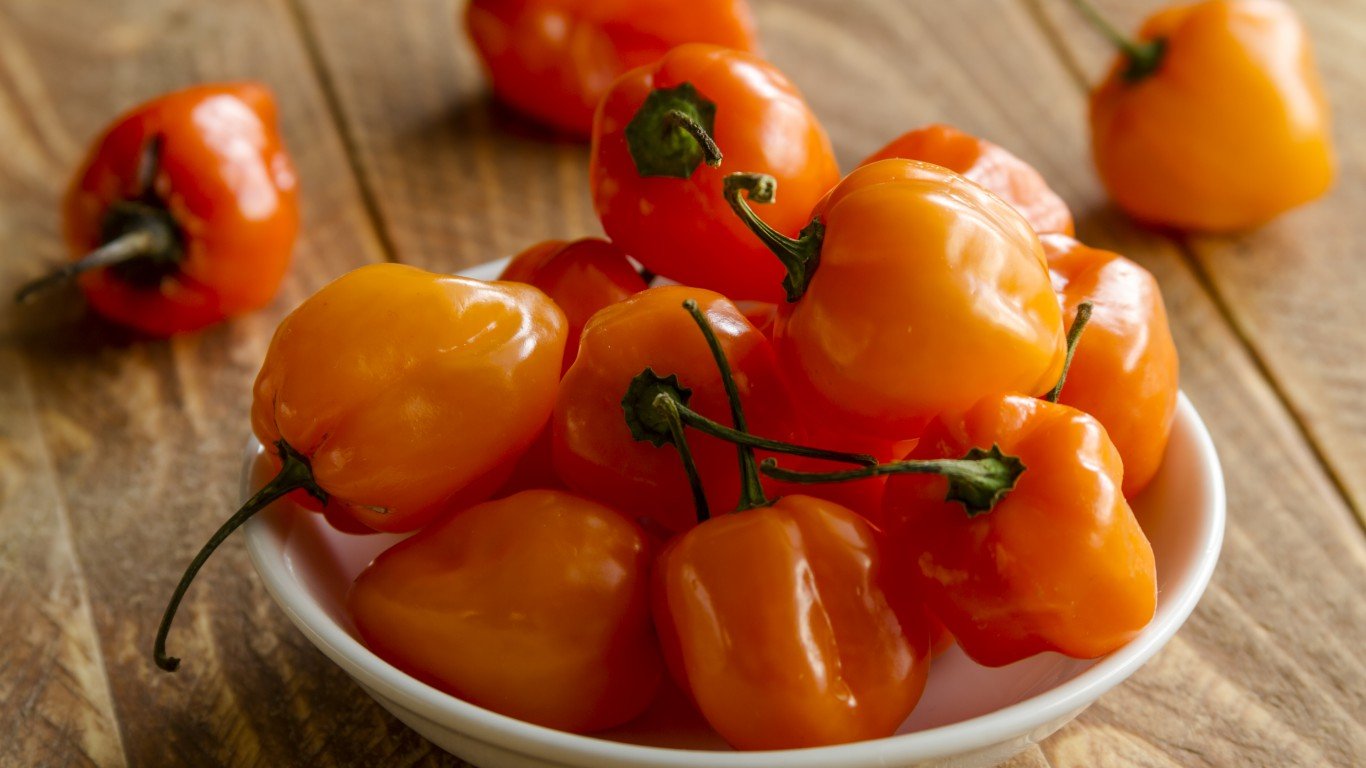
7. Habanero
A very hot chile (though by no means the hottest), the habanero apparently comes from the Amazon basin, where it was first cultivated 8,500 years ago or so. It subsequently spread around other parts of South America and north into Central America and Mexico, becoming particularly popular in the Yucatán. A major trading port for the chiles was La Habana, i.e. Havana, Cuba, which lent the chile its name.

8. Hamburger
Just as a Frankfurter is someone from Frankfurt, a Hamburger is a person who hails from the northern German port city of Hamburg. How the name became attached to what is almost certainly the world’s most popular sandwich is a matter of some dispute, but the term “Hamburger steak” first appears in the late 19th century, when the idea of seasoned ground meat patties was brought to the U.S. by German immigrants.
In the 1900s, somebody — there are at least half a dozen credible claims for the honor — thought of serving the patties between two pieces of bread or on a bun, and the next thing anybody knew, McDonald’s was selling about fifty zillion burgers a year in every corner of the universe.

9. Hollandaise Sauce
This classic sauce — a creamy emulsion of butter, egg yolks, and lemon juice or vinegar — is essential for eggs Benedict, and delicious on asparagus, broccoli, salmon, and other kinds of vegetables and seafood. It was known in France as early as 1651, but it was a version of the recipe published in Holland 16 years later that gave hollandaise its name.
[in-text-ad-2]
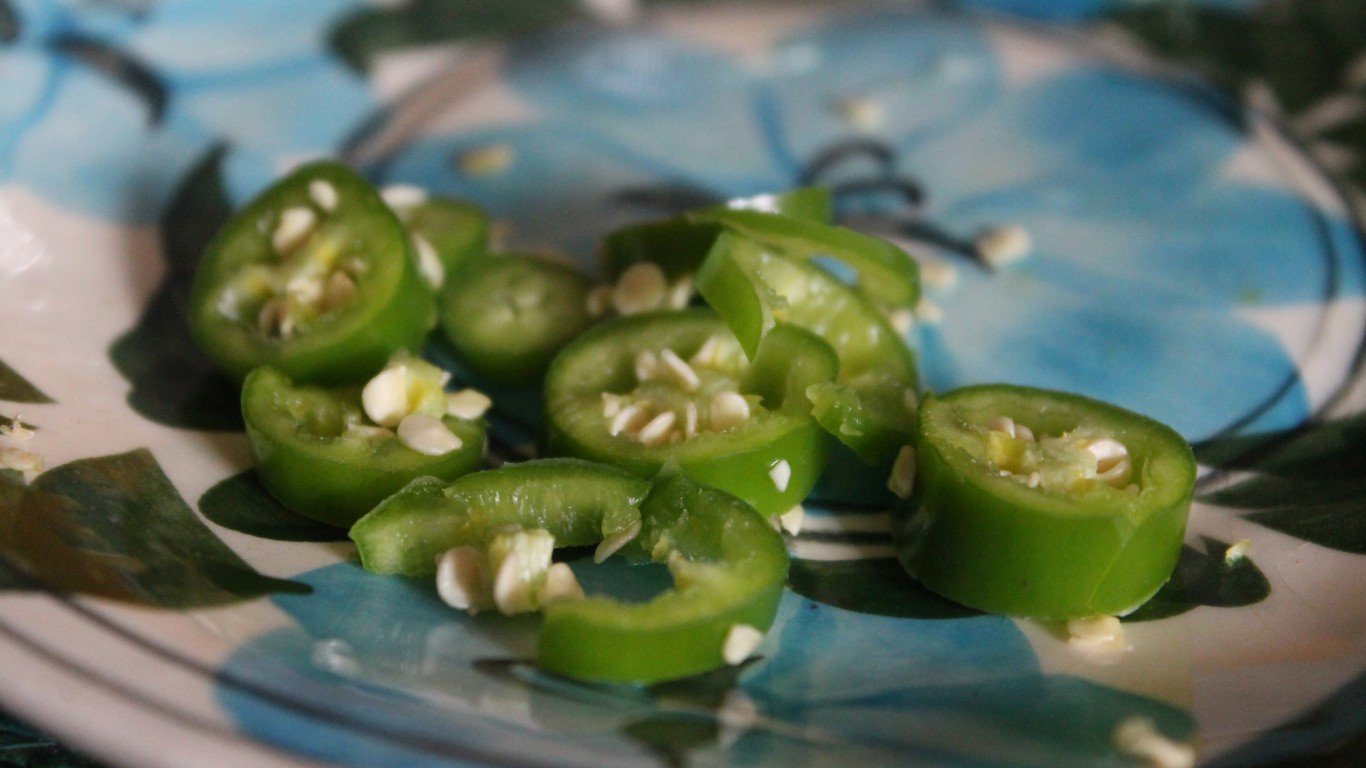
10. Jalapeño
Medium-hot, fleshy, and vibrant green (unless it has matured to fiery red), the jalapeño is one of the most popular chiles, not only in Mexico but also in Texas — where it has been named the official state pepper — and in every sports bar in America, where it is usually stuffed with cheese and deep-fried into “popper” form. Its name is Spanish for “from Xalapa” (or “Jalapa”) — the capital of the Mexican state of Veracruz, where the chile has long been grown.

11. Key Lime
Small, round, and seeded, the Key lime came from Southeast Asia by way of Spain, ending up in — among many other places — the Florida Keys. It is also known as Mexican or West Indian lime, but “Key” remains the most popular name, probably largely thanks to that seductive dessert — Key lime pie. The everyday grocery store lime, called the Persian lime, is a cross between Key lime and lemon.
[in-text-ad]
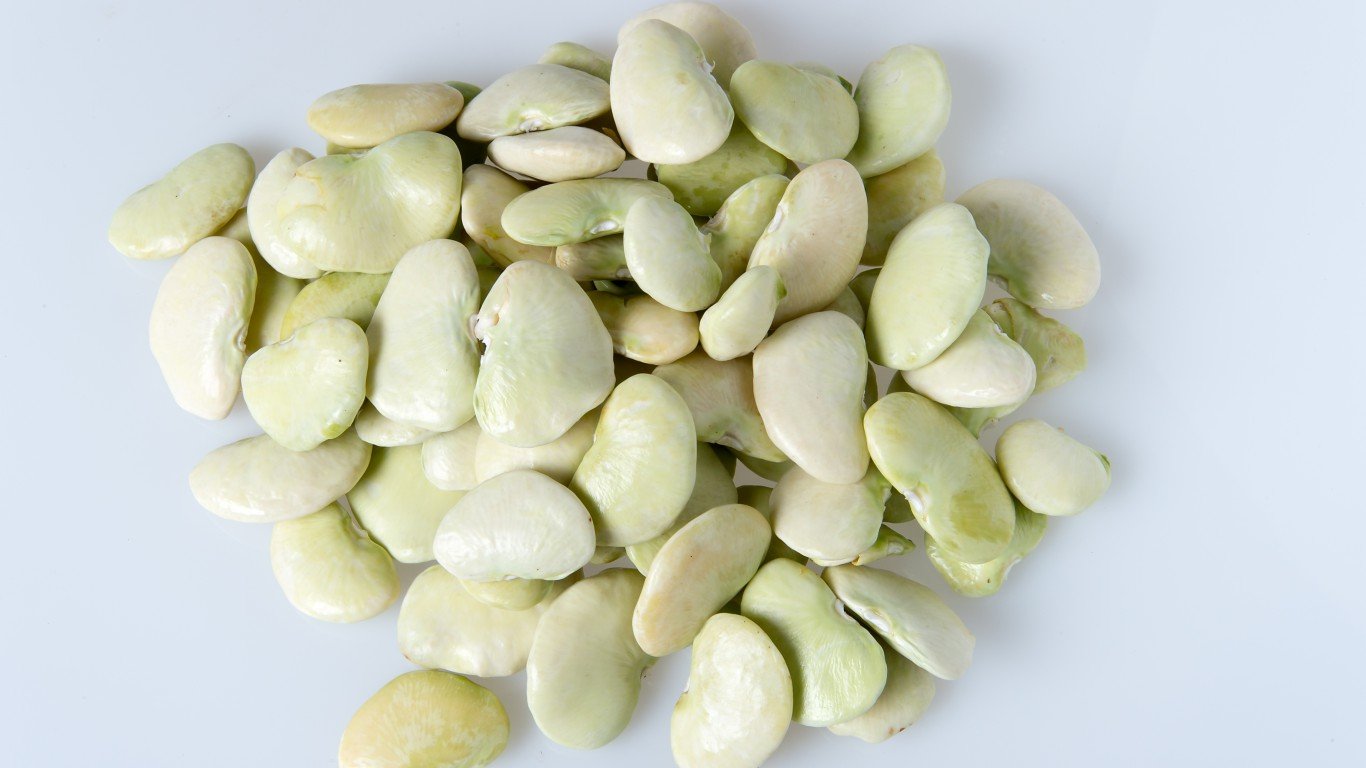
12. Lima Bean
Okay, the bean’s name is pronounced “lye-ma,” and the capital of Peru is “lee-ma,” but this pale green, often-scorned legume is indeed named for the Peruvian city. The bean is native to several parts of Central and South America, but was widely cultivated around Lima. The Spanish Viceroyalty, which administered the area in colonial times, shipped limas around the Americas and to Europe in crates labeled “Lima, Peru” — so people started calling them “Lima beans.”

13. Mayonnaise
Though some scholars offer other theories, it is widely believed that this essential condiment was invented in, and is named for, Mahón, the capital of the Spanish island of Menorca. The Spanish called it salsa mahonesa, and the French took it home with them after they wrested the island from British control in 1756 and adjusted the spelling into something French.
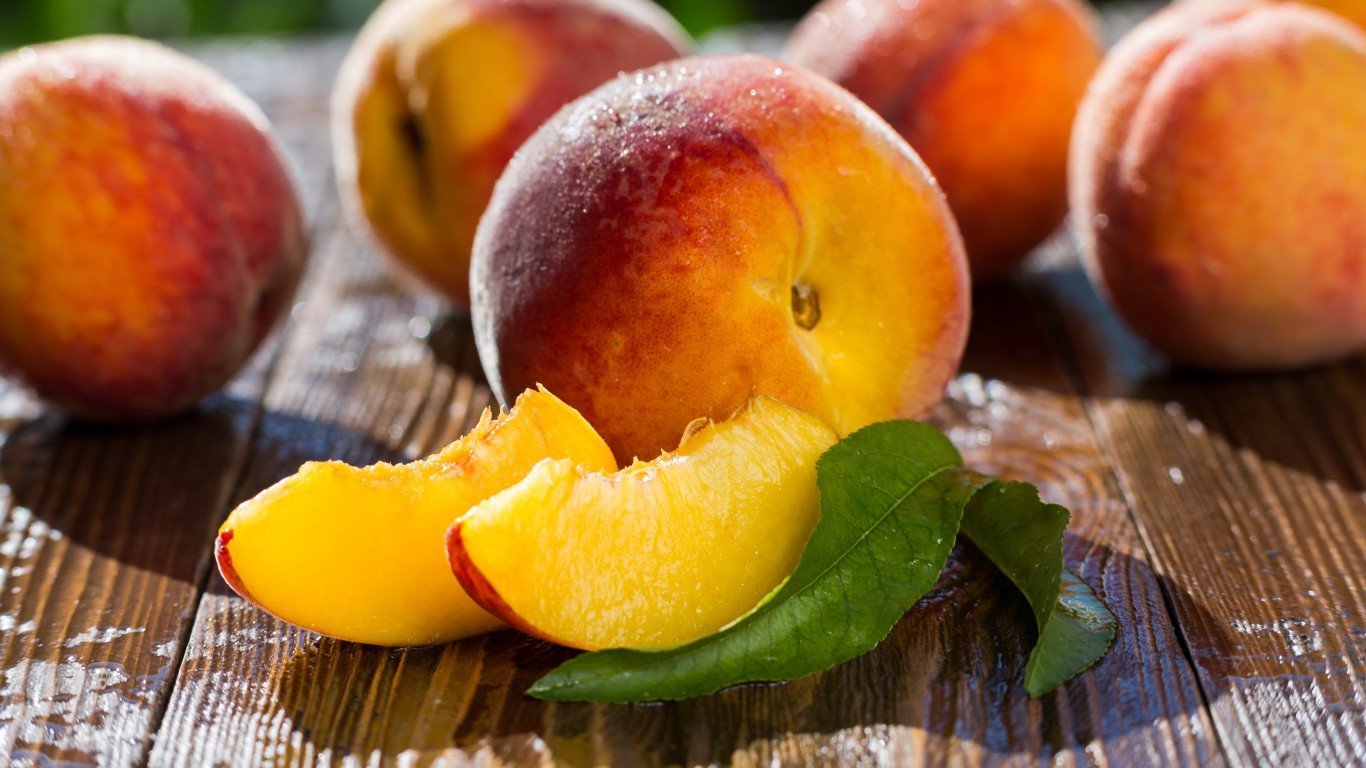
14. Peach
Researchers think that peaches came from China originally, where there is evidence they were cultivated as far back as 8,000 years ago. Europeans frequently misidentified the origins of new foods, however, and for whatever reasons became convinced that peaches came from Persia. Thus, the Romans called the peach the malum persicum, or Persian apple, and the French contorted persicum into pêche — which in turn became peach.
[in-text-ad-2]
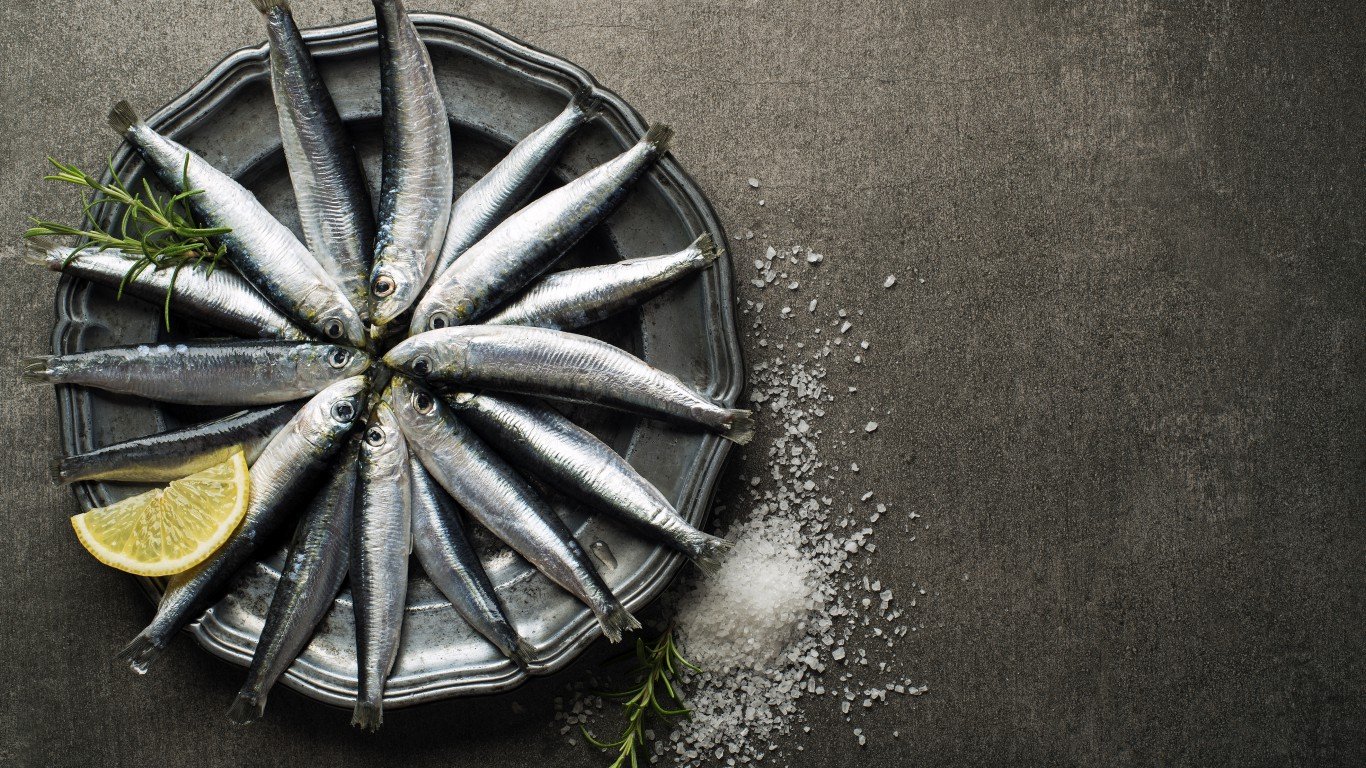
15. Sardine
Sardines are tiny fish of the herring family, usually sold cooked, dressed with olive oil or some kind of sauce, and crammed into elongated cans as tightly — as riders in a rush-hour subway car. Larger sardines, which are simply grilled, sometimes show up on Spanish or Portuguese restaurant menus. There are several kinds of sardine, and the fish are found in seas and oceans around the world. Historically, though, they were particularly numerous off the Italian island of Sardinia, for which they are named.
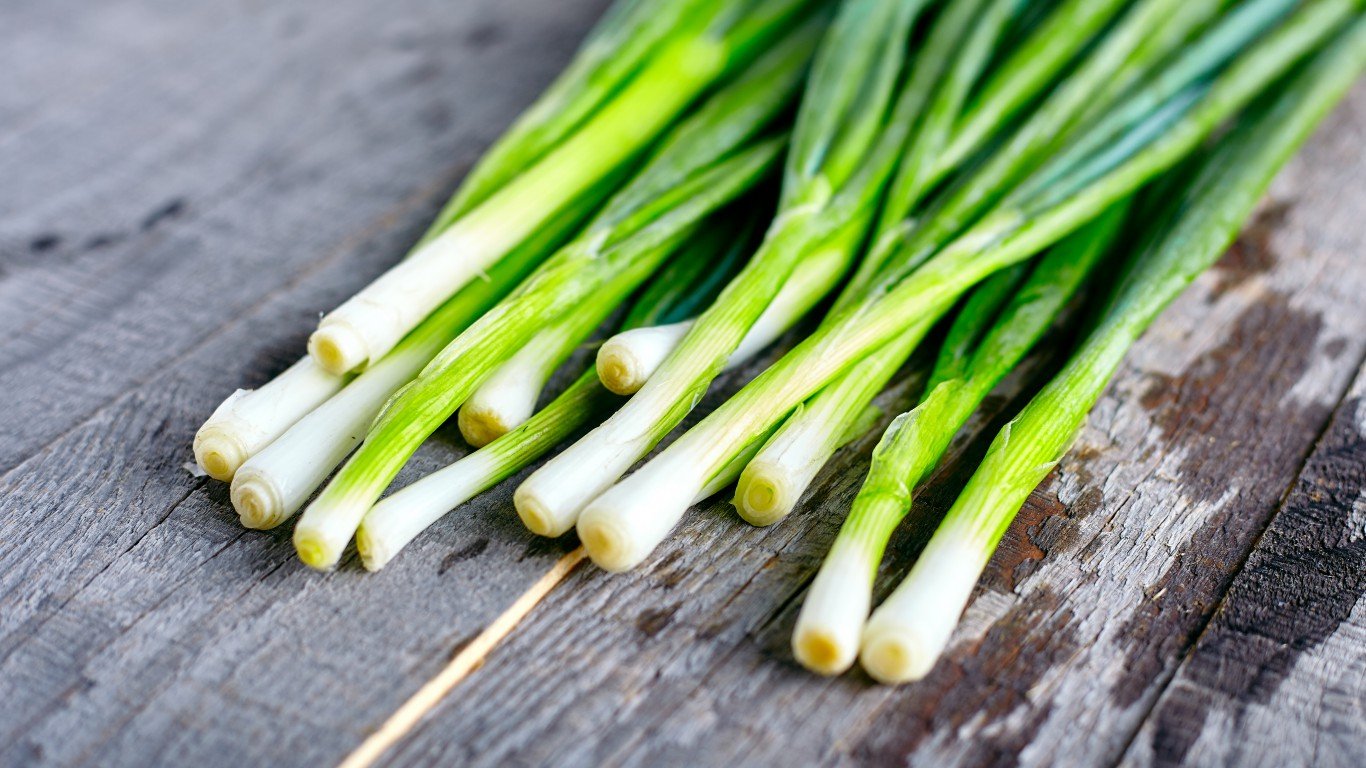
16. Scallion
This onion relative (also known as the “green onion”) was probably first cultivated in Central Asia or Iran. The ancient Greeks, however, thought it came from closer to home and called it askolonion, after the ancient seaport of Ashkelon, now a city on the southern coast of Israel, from which it was shipped. The scallion’s relative, the shallot, takes its name from the same place.
[in-text-ad]
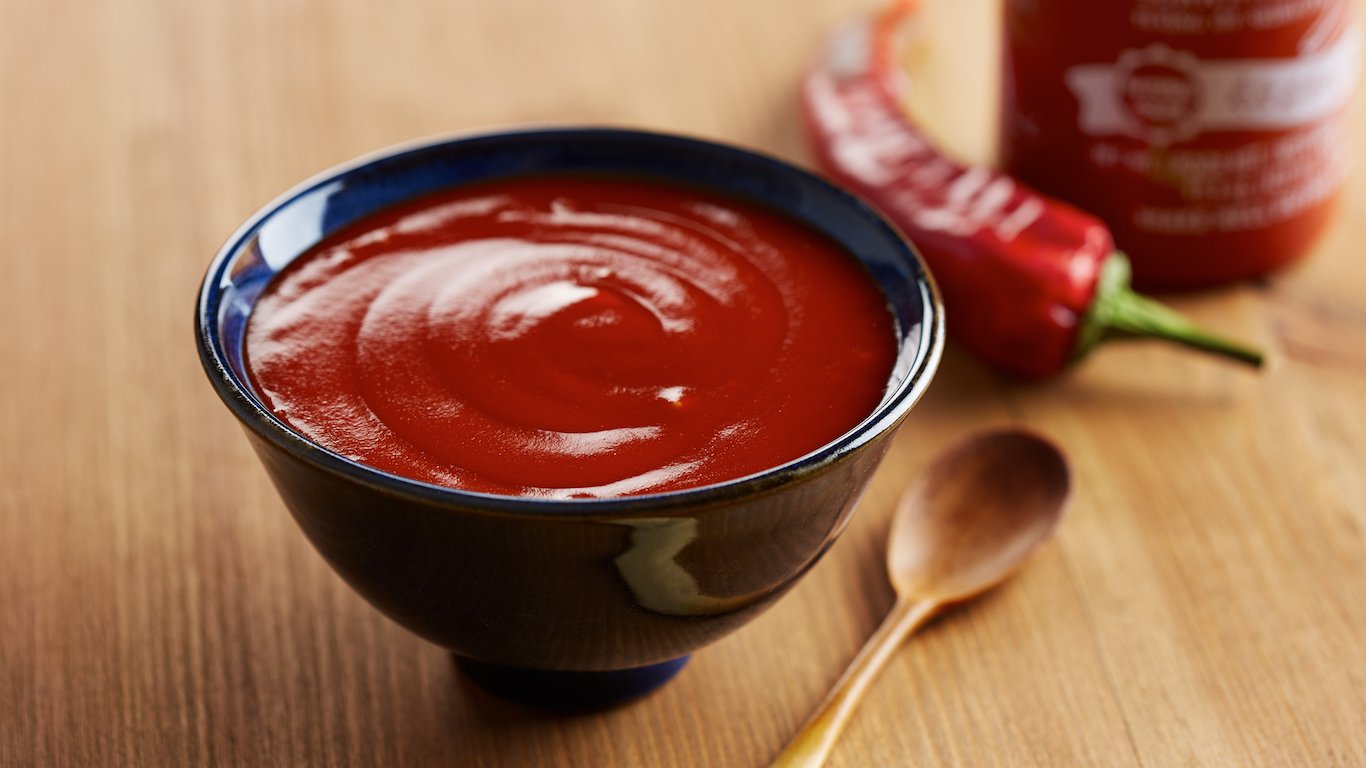
17. Sriracha
It’s thanks to the Los Angeles-based company Huy Fong Foods that sriracha (which Huy Fong makes with red jalapeños) has become the “it” sauce of our times. Sriracha is used not only as a condiment but also as a flavoring for tortilla and potato chips, almonds, tomato juice, mayonnaise, jerky, sea salt, and even seaweed snacks. Huy Fong doesn’t own the name, though, and didn’t invent it. It’s a variation on Si Racha, a coastal city in eastern Thailand, where a similar sauce was originally made as a condiment for local seafood.
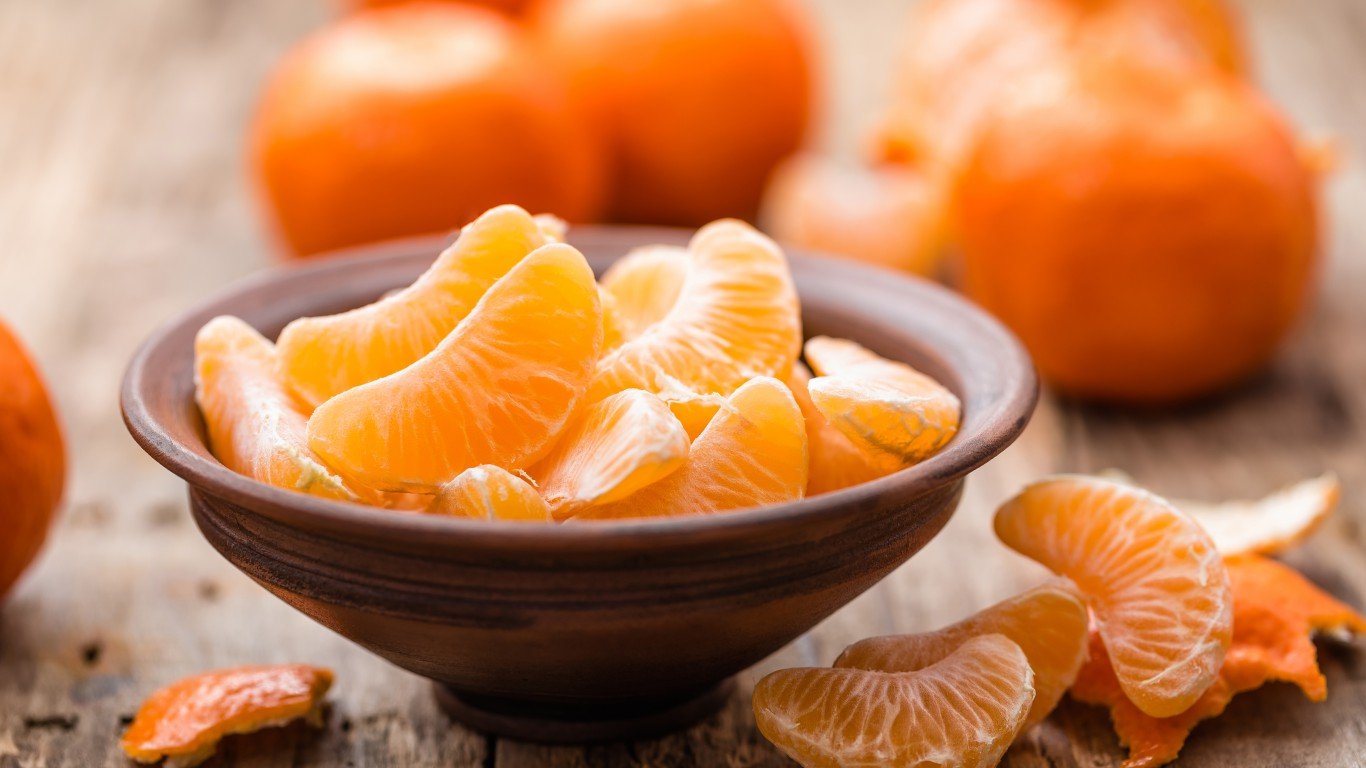
18. Tangerine
The tangerine is one of several closely related citrus fruits bred from the mandarin orange. Tangerines were probably originally grown in China but later thrived around the southern Mediterranean. They got their modern name after an early 19th century Florida citrus farmer imported them from the Moroccan port of Tangier.

19. Vichyssoise
Vichyssoise means “from Vichy,” a spa town in central France. It is a variation on the traditional French leek and potato soup, but usually thinner than the original and served cold. The idea came from a French-born chef, Louis Diat, who cooked at the Ritz-Carlton Hotel in New York City about a century ago. Vichyssoise is seldom seen in France, and the name confuses the French because in common culinary usage, Vichy is associated with carrots, which grow particularly well in the area.
[in-text-ad-2]
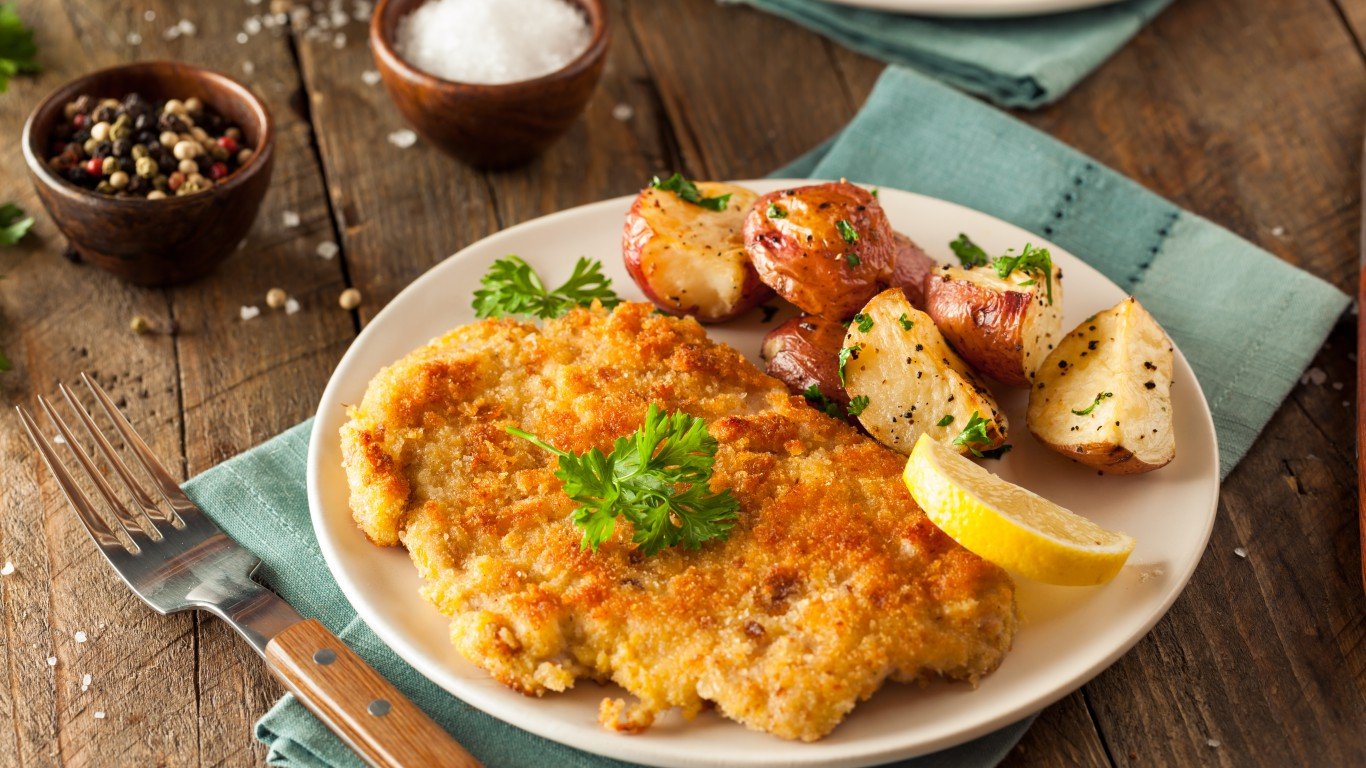
20. Wiener Schnitzel
The name of this preparation of thin, pounded veal slices, coated with flour, beaten eggs, and breadcrumbs and fried in butter, simply means “Vienna cutlet.” It is considered one of the defining dishes of Austrian cuisine. The American hot dog chain called Wienerschnitzel does not serve it: its name plays on wiener, an alternate name for hot dogs (see Frankfurter, above).
Sponsored: Attention Savvy Investors: Speak to 3 Financial Experts – FREE
Ever wanted an extra set of eyes on an investment you’re considering? Now you can speak with up to 3 financial experts in your area for FREE. By simply
clicking here you can begin to match with financial professionals who can help guide you through the financial decisions you’re making. And the best part? The first conversation with them is free.
Click here to match with up to 3 financial pros who would be excited to help you make financial decisions.
Thank you for reading! Have some feedback for us?
Contact the 24/7 Wall St. editorial team.
